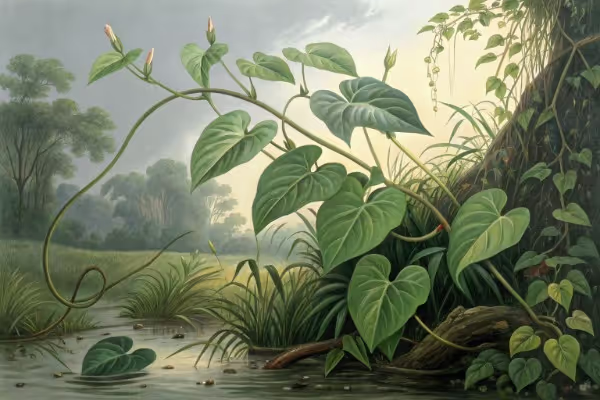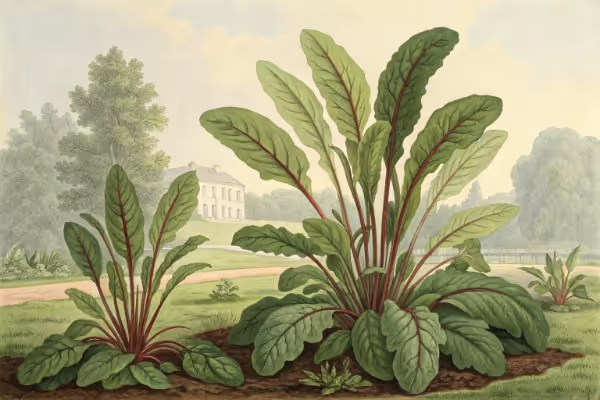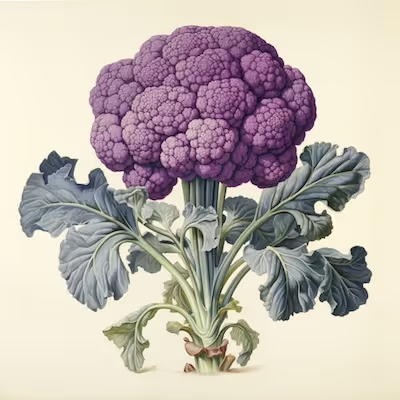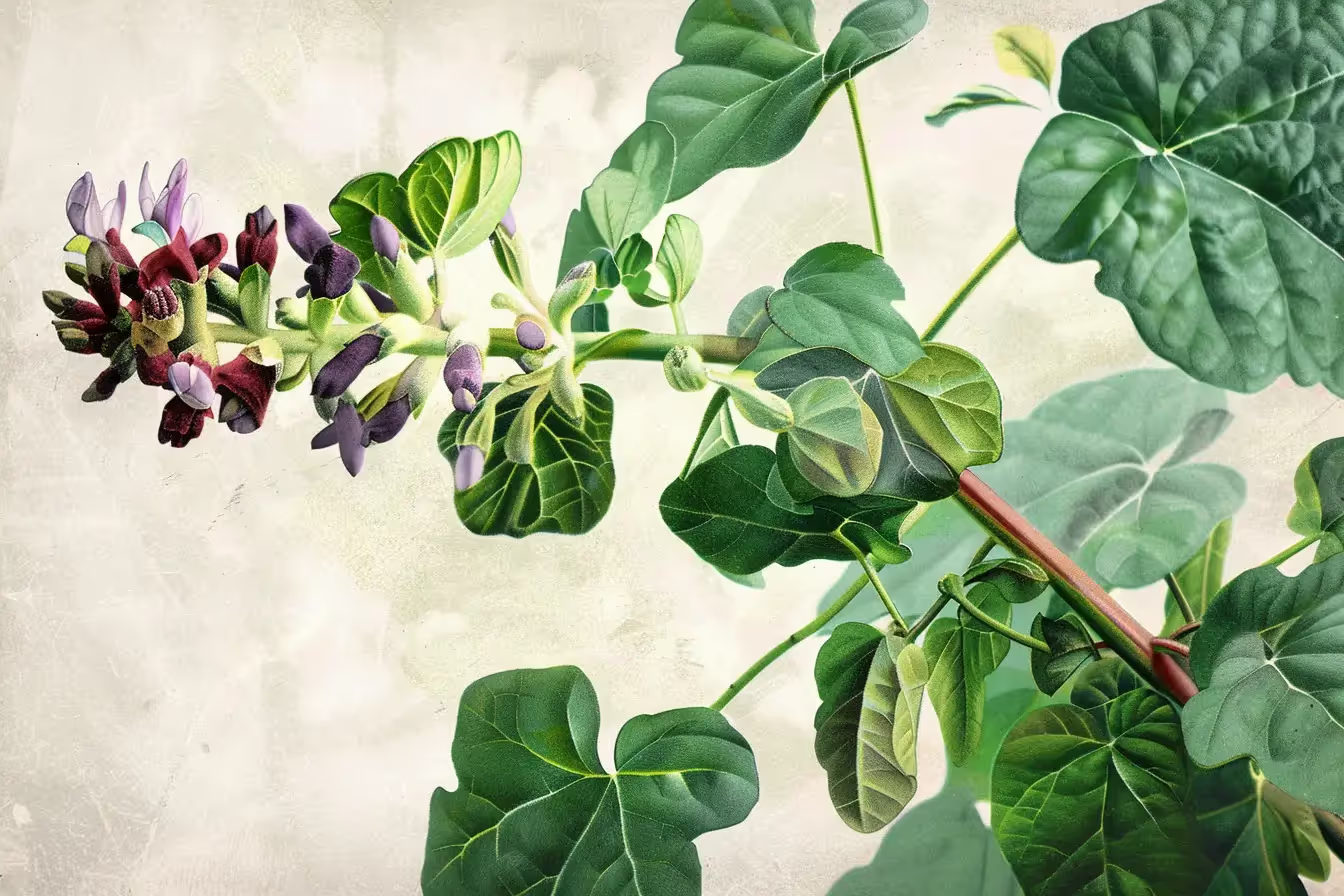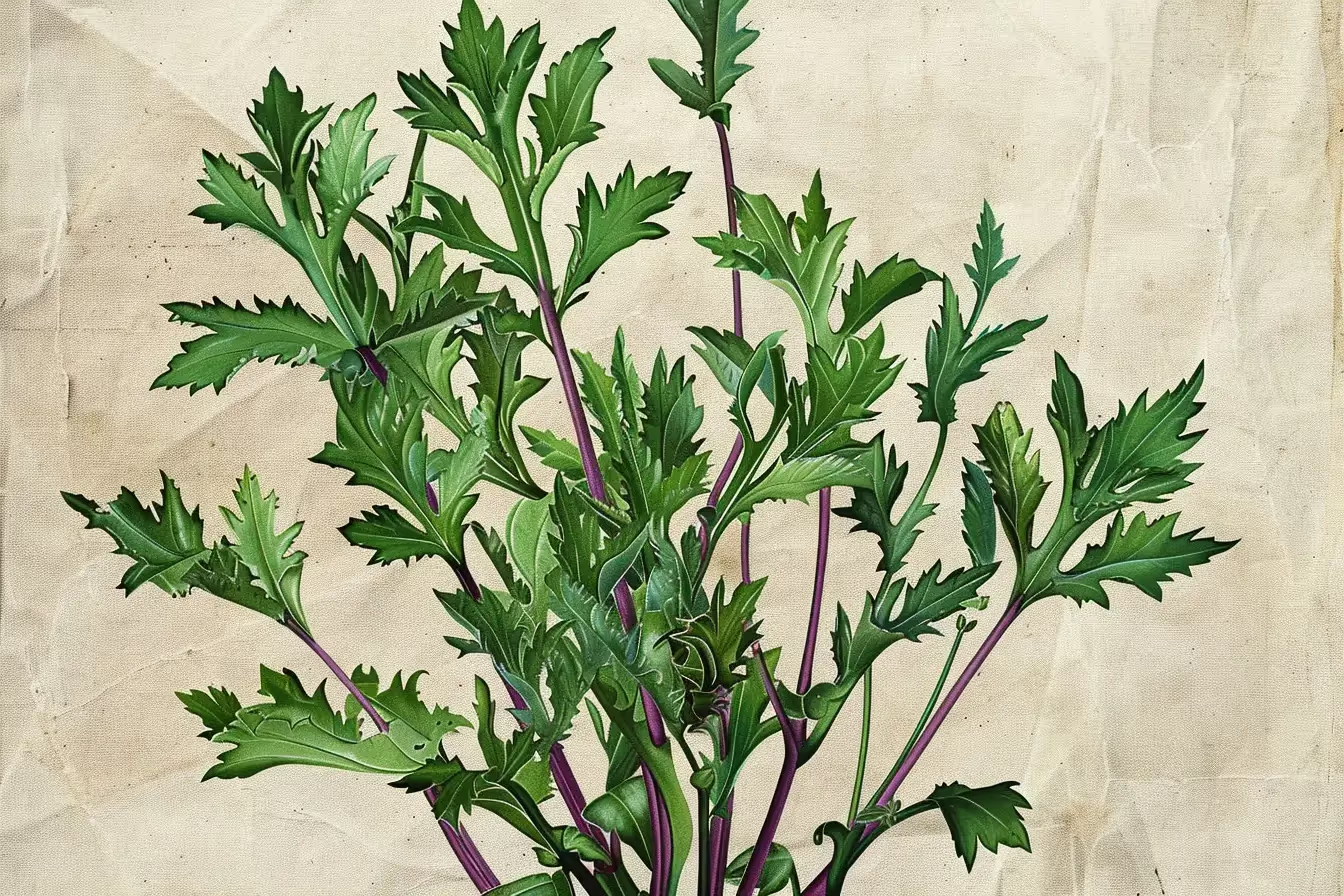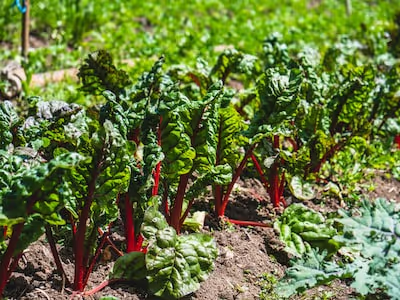Plants Library
Filter plants:
Gardening is not only a rewarding hobby but also a fantastic way to foster a strong connection with nature and the environment. It can be therapeutic, taking on a meditative quality as you tend to the plants and watch them grow. The art of vegetable gardening, in particular, provides the added benefit of growing fresh, nutritious produce right in your backyard. This article will guide you through the process of mastering the art of gardening, covering essential tips, tricks, and techniques to create your very own flourishing oasis.
To begin your journey into the world of vegetable gardening, it's crucial to have a good understanding of the basics. This includes knowing the essential tools and equipment needed, how to prepare and maintain your soil, and choosing the right plants for your garden. With a strong foundation in these areas, you'll be well on your way to creating a thriving vegetable garden that will provide you with fresh produce and a sense of accomplishment.
In this comprehensive guide, we will cover essential vegetable gardening tools and equipment, soil preparation and maintenance, choosing the right plants, planting techniques, watering and irrigation tips, pest control and prevention, gardening tips for small spaces and urban environments, and seasonal gardening. By the end of this article, you'll be well-equipped to embrace the joy of vegetable gardening and experience the satisfaction of cultivating your own flourishing oasis.
Essential Vegetable Gardening Tools and Equipment
To begin your vegetable gardening journey, it's important to have the right tools and equipment on hand. These items will make your gardening tasks more manageable and help ensure your garden's success.
First and foremost, you'll need a high-quality set of gardening gloves to protect your hands from dirt, thorns, and other hazards. Next, a durable trowel and a hand fork are essential for digging and turning soil, as well as planting and transplanting your vegetables. A garden spade and fork will also come in handy for larger-scale soil preparation and maintenance tasks.
Pruning shears and a garden knife are essential for trimming and cutting back plants, while a rake and a hoe are useful for clearing debris and cultivating the soil. A sturdy wheelbarrow will make it easy to transport soil, compost, and other materials around your garden.
In addition to these basic tools, you may also want to invest in a garden kneeler or seat to make your gardening tasks more comfortable, as well as a watering can or garden hose for watering your plants. It's also a good idea to have a storage shed or dedicated space in your garage to store your tools and equipment when not in use.
Soil Preparation and Maintenance for a Thriving Vegetable Garden
Healthy soil is the foundation of any successful vegetable garden. To create and maintain a thriving garden, it's crucial to invest time and effort into soil preparation and maintenance.
Before planting, it's essential to test your soil's pH level, as this will determine the type of amendments you may need to add. Most vegetables prefer slightly acidic to neutral soil, with a pH of 6.0 to 7.0. If your soil is too acidic or alkaline, you can adjust the pH using lime or sulfur, respectively.
Next, you'll want to improve your soil's structure by incorporating organic matter, such as compost or well-rotted manure. This will help to improve drainage, aeration, and nutrient availability. It's also a good idea to practice crop rotation, which involves changing the types of vegetables you plant in a specific area each season. This helps to prevent the buildup of pests and diseases and allows the soil to recover and replenish its nutrients.
To maintain healthy soil throughout the growing season, it's essential to regularly add organic matter and practice proper watering techniques. Overwatering can lead to compacted soil and root rot, while underwatering can cause plants to become stressed and more susceptible to pests and diseases.
Choosing the Right Plants for Your Vegetable Garden
Selecting the right plants for your vegetable garden is crucial to its success. It's important to consider factors such as your region's climate, the amount of sunlight your garden receives, and the space you have available.
Start by researching which vegetables thrive in your region's climate and growing conditions. Local gardening centers and extension offices are excellent resources for this information. You can also consult gardening books and online resources to learn about suitable plants for your area.
Next, consider the amount of sunlight your garden receives, as this will help determine which vegetables will grow best. Most vegetables require at least six hours of direct sunlight per day, although some, such as leafy greens and root vegetables, can tolerate partial shade.
Finally, take into account the space you have available in your garden. Some vegetables, such as tomatoes and peppers, require more space to grow, while others, such as lettuce and radishes, can be grown in smaller areas. Be sure to leave enough room between plants for proper air circulation and to prevent diseases from spreading.
Planting Techniques for Optimal Vegetable Growth
Once you've selected the right plants for your vegetable garden, it's time to put them in the ground. Using proper planting techniques will help ensure healthy, abundant growth throughout the season.
Begin by preparing your garden beds. If you're starting a new garden, remove any weeds, rocks, and debris from the area. If you're planting in an existing garden, remove any dead plants and turn over the soil to incorporate organic matter and loosen compacted areas. Next, create a planting plan that takes into account the space requirements and growth habits of your chosen vegetables.
When planting seeds, follow the recommended planting depth and spacing guidelines provided on the seed packet. Planting seeds too deepcan prevent them from germinating, while planting them too close together can lead to overcrowding and stunted growth. For transplants, be sure to gently remove them from their containers and loosen any tangled roots before planting them in the ground.
After planting, be sure to water your vegetables thoroughly to help them establish their root systems. Mulching around your plants can also help retain moisture in the soil and prevent weeds from growing.
Watering and Irrigation Tips for Healthy Vegetable Plants
Proper watering and irrigation are essential for healthy vegetable plants. Overwatering can lead to root rot and disease, while underwatering can cause plants to become stressed and more susceptible to pests and diseases. Here are some tips for watering and irrigation:
- Water your vegetables deeply and infrequently, rather than giving them small amounts of water frequently. This helps encourage deep root growth and makes your plants more resilient to drought conditions.
- Water your plants early in the morning or late in the evening to reduce evaporation and allow the water to penetrate the soil more effectively.
- Use a drip irrigation system or soaker hoses to deliver water directly to your plants' roots, rather than spraying the leaves. This helps to prevent diseases by keeping the foliage dry.
- Consider using a rain barrel to collect rainwater for your garden. This is an eco-friendly and cost-effective way to water your plants and reduce your water bill.
Pest Control and Prevention in Your Vegetable Garden
Pests and diseases can quickly wreak havoc on your vegetable garden if left unchecked. Here are some tips for pest control and prevention:
- Practice good garden hygiene by removing any dead or diseased plants, fallen leaves, and debris from your garden. This helps prevent pests and diseases from overwintering in your garden and spreading to new plants.
- Use natural pest control methods, such as companion planting, crop rotation, and beneficial insects. For example, planting marigolds around your garden can help deter pests, while introducing ladybugs or praying mantises can help control aphids and other garden pests.
- Consider using organic pesticides and fungicides as a last resort. These products are less harmful to the environment and can be just as effective as their chemical counterparts.
Gardening Tips for Small Spaces and Urban Environments
Don't let a lack of space or living in an urban environment discourage you from gardening. With a little creativity and planning, you can grow a thriving vegetable garden in even the smallest of spaces. Here are some tips for gardening in small spaces and urban environments:
- Use containers and raised beds to grow vegetables in small spaces, such as balconies, patios, and rooftops. Be sure to choose containers that are large enough for your plants to grow and have adequate drainage.
- Consider vertical gardening techniques, such as using trellises, stakes, and hanging baskets. This can help maximize your growing space and provide support for climbing plants like tomatoes and cucumbers.
- Take advantage of community gardens or shared gardening spaces in your area. This is a great way to connect with other gardeners and access more growing space.
Seasonal Gardening: Adapting Your Vegetable Garden Throughout the Year
To keep your vegetable garden thriving throughout the year, it's essential to adapt to the changing seasons. Here are some tips for seasonal gardening:
- In the spring, focus on soil preparation and planting cool-season vegetables like peas, lettuce, and spinach. This is also a good time to start seedlings indoors for warm-season vegetables like tomatoes and peppers.
- In the summer, water your plants regularly and harvest your vegetables frequently to encourage continued growth. Consider using shade covers or row covers to protect your plants from the hot sun.
- In the fall, plant cool-season crops like broccoli, kale, and Brussels sprouts. This is also a good time to harvest and preserve your summer vegetables for winter use.
- In the winter, consider using cold frames or hoop houses to extend your growing season and grow cold-tolerant vegetables like kale, carrots, and beets.
Embracing the Joy of Vegetable Gardening
Gardening is a rewarding and fulfilling hobby that can provide you with fresh, nutritious produce, a sense of accomplishment, and a deeper connection to nature. By mastering the art of vegetable gardening, you can create your very own flourishing oasis and experience the joy of growing your own food.
By following the tips, tricks, and techniques outlined in this article, you'll be well on your way to creating a thriving vegetable garden that will provide you with fresh produce and a sense of accomplishment. Whether you're a seasoned gardener or just starting, there's always something new to learn and discover in the world of vegetable gardening. So get out there, get your hands dirty, and embrace the joy of vegetable gardening!
Find out which plants will thrive in your garden!
Answer a few fun questions and get custom plant recommendations perfect for your space. Let’s grow something amazing together!

start your season





